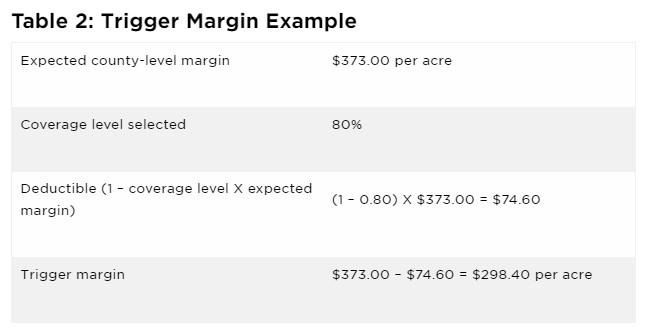Cattle producers commonly evaluate reproductive performance by determining how many cows became pregnant during the breeding season. Although pregnancy rates are important, when females become pregnant within the breeding season is also a key component of cow-calf profitability.

In the short article linked below, Dr. Fontes, Assistant Professor and Beef Extension Specialist at the University of Georgia, discusses the production implication of getting heifers pregnant early in the breeding season.
Source : osu.edu